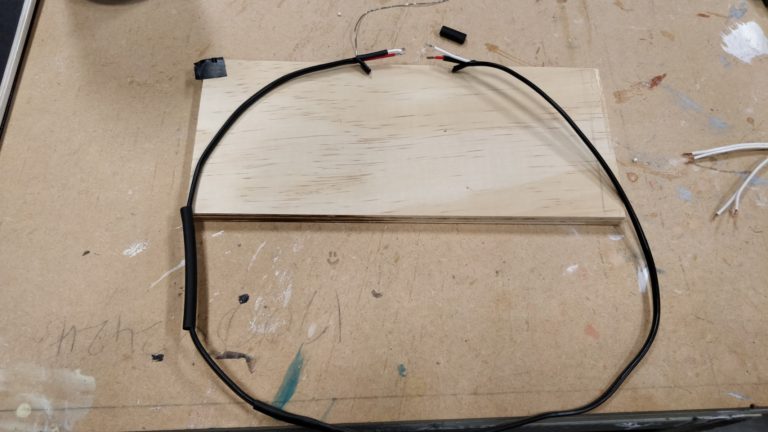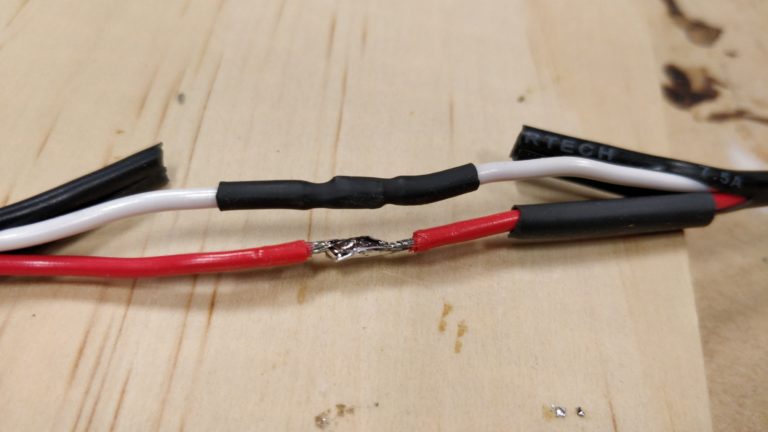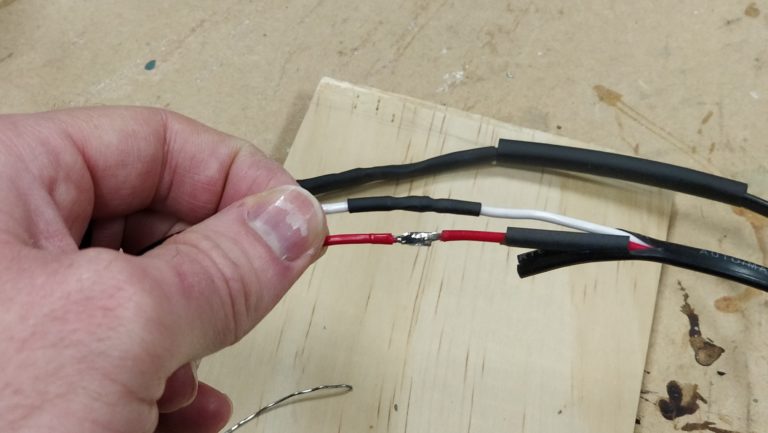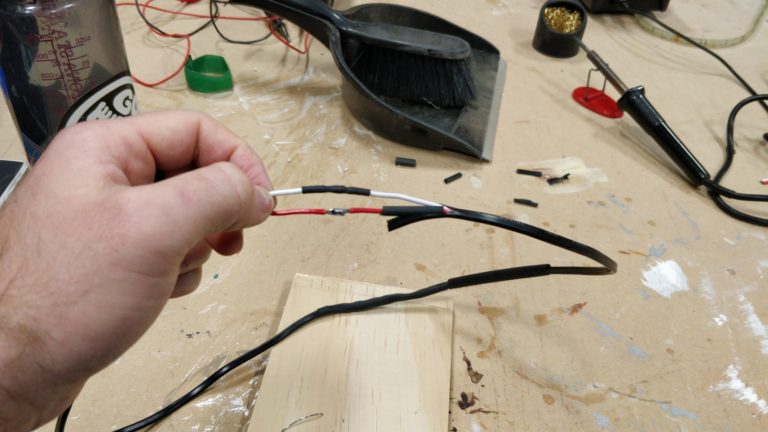Electronics with Jason
WORKBOOK


This masterclass was to cover electronics so we would all have at least the basics to be able to create our own circuits and test them for future projects. I came into this class with some of my own experience in soldering, and using LED strips so I was not totally blind to the information.
One of the main things that we went over was the definitions of the two main types of circuits: Series, and Parallel.
Series circuit are made by the electrical current going through every component. So all components carry the same current.

Parallel circuit are made by the same amount of voltage being applied to all components, but the current is the sum of the current going through all the components

We continued to go over Voltage, Current, Resistance, Power, and Switches. All the notes can be see in the workbook above.
After all the theory we went into testing physical circuits using breadboards. This was the first time I had ever used a breadboard and it was difficult to say the least. The layout is not intuitive and the main problem we ran into was not being sure if the parts we were using, which were also used last year, had been fried or not.
We set out to create 8 or so different circuits but we only got a few to work amongst all six of us. This was mostly likely because of faulty parts and /or not being exact in following the diagrams.
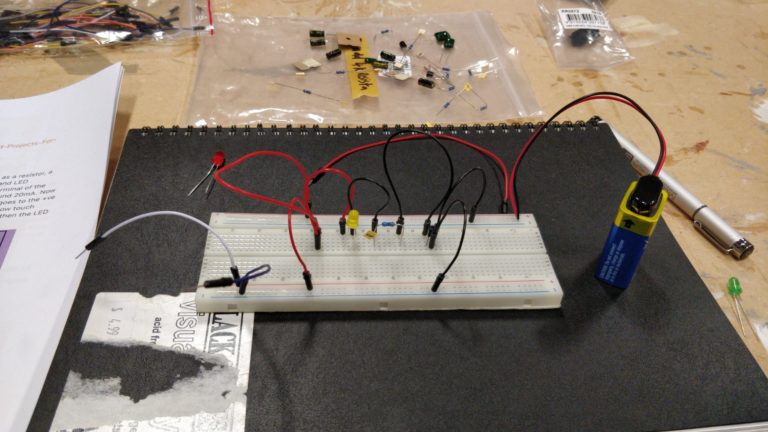
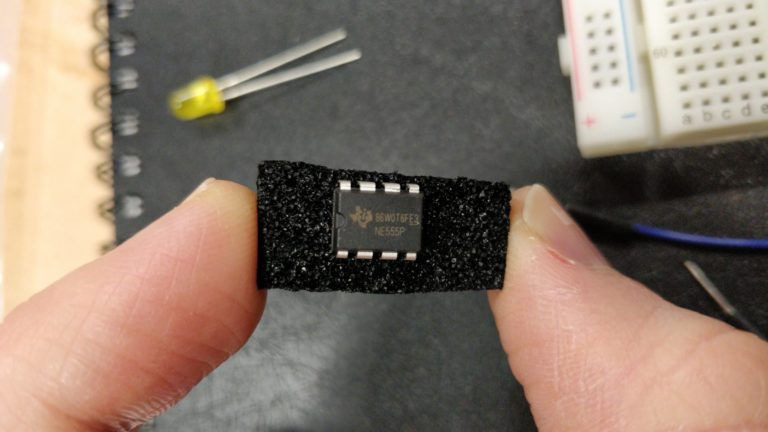
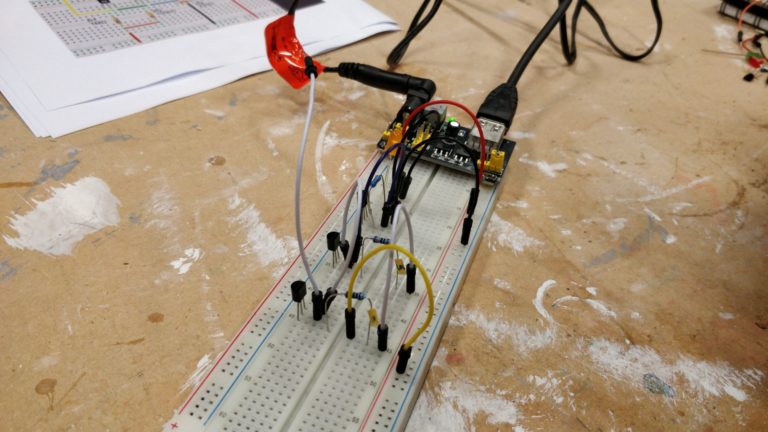
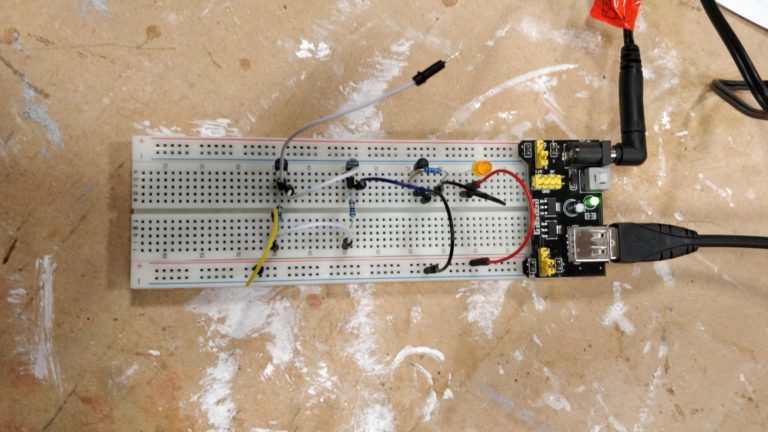
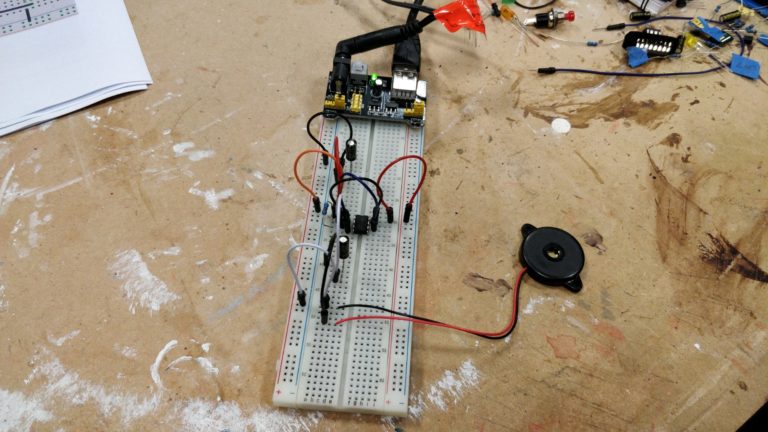
After breadboard we were tasked with soldering. This was something I had done a lot of at my last job in the States so I was not too concerned. We had to solder leads onto a weatherproof LED strip to then test if we could activate the RGB colors on the strip.
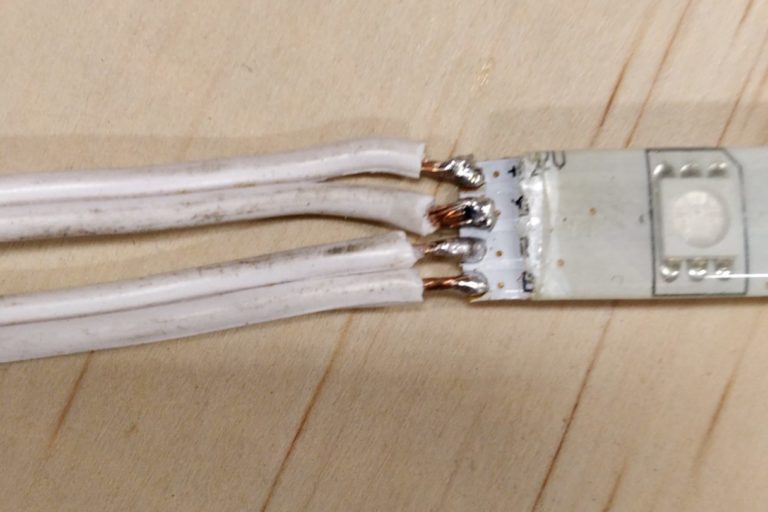
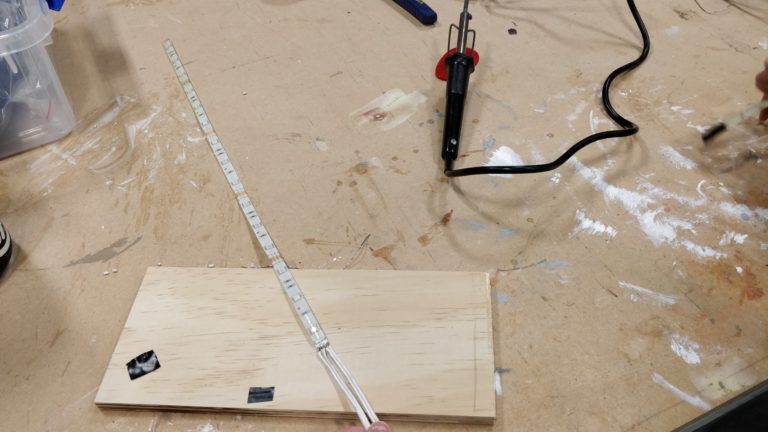
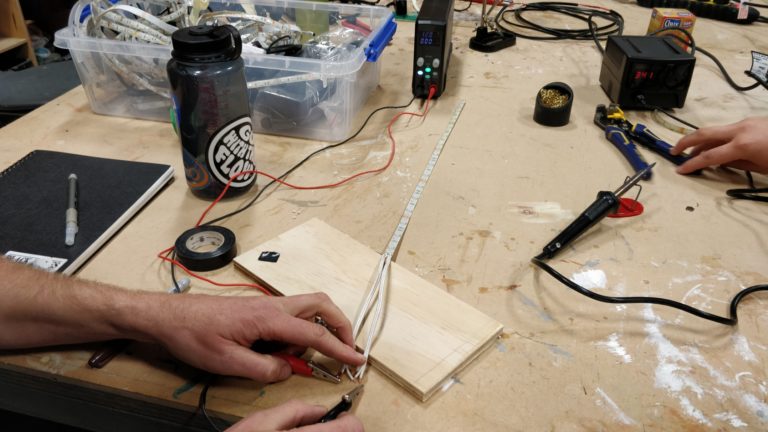
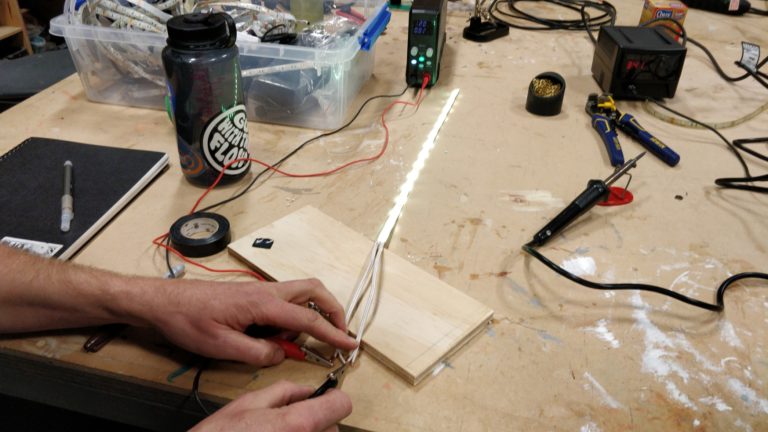
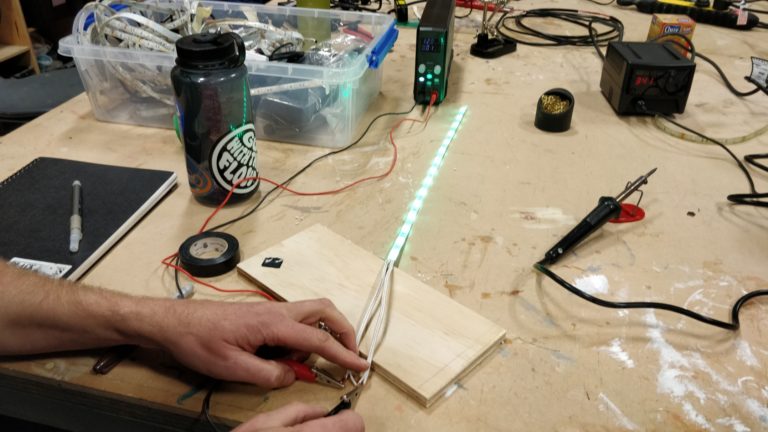
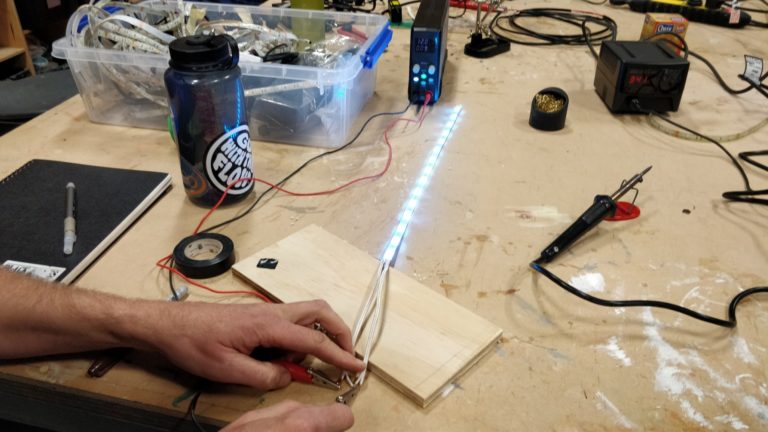
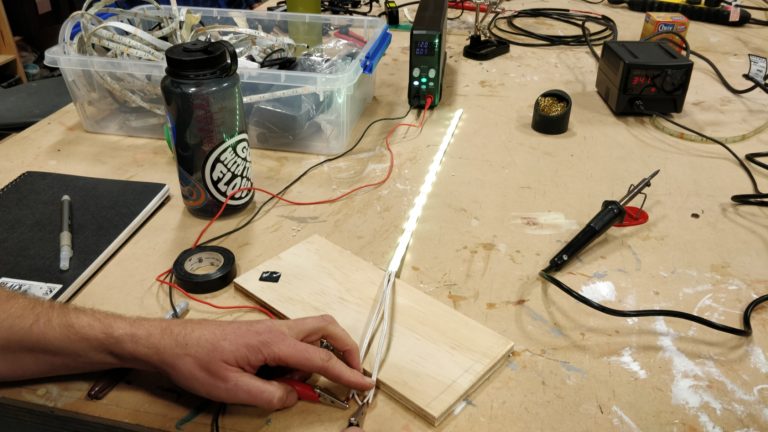
Our last bit of soldering to pass was solder and heat shrink a wire into a loop. I had a large gauge wire or in other words a smaller diameter wire so mine was not as difficult. I fist had to strip the leads and preinstall heat shrink down the wire for after the ends are soldered together otherwise it would be impossible to cover.
The pictures below show the steps taken.
